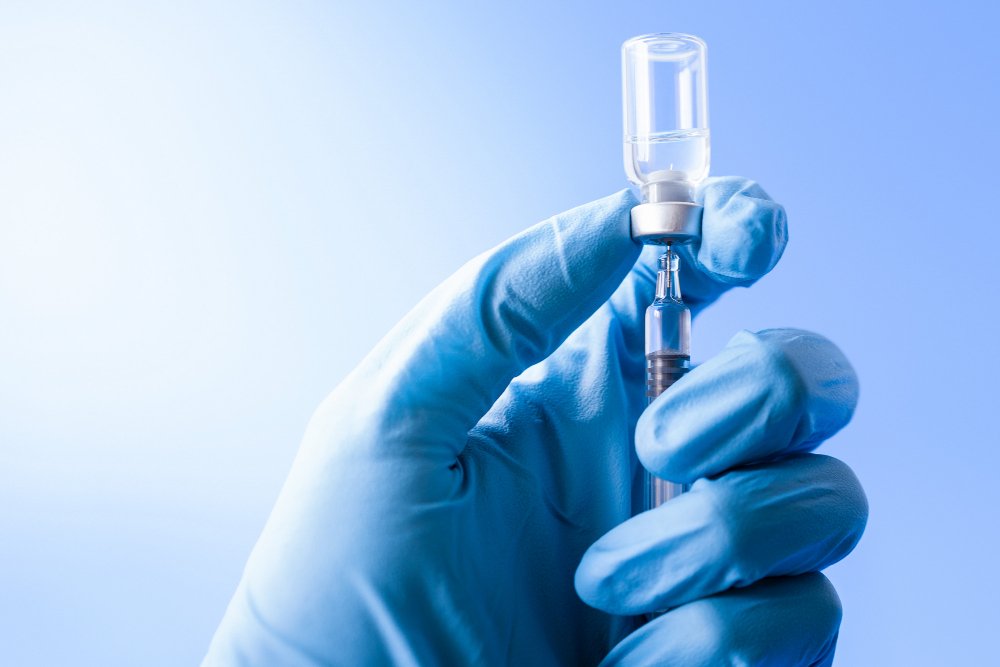Temporomandibular disorders (TMD) encompass a variety of conditions that affect the temporomandibular joint and the surrounding muscles. These can cause pain, discomfort and restrictions in jaw function, significantly impacting patients’ quality of life.
The treatment of TMD requires an integrated approach, combining different therapeutic modalities to relieve symptoms and restore mandibular function. One of the main goals of treatment is to reduce pain and inflammation, promoting healing of the affected tissues.
The treatment of Temporomandibular Disorders is multifaceted and requires a personalized approach to meet the individual needs of each patient. By combining different therapeutic modalities, it is possible to relieve pain, restore jaw function and improve the quality of life of patients affected by this debilitating condition.
This fluid is made up of hyaluronic acid, a substance naturally present in the joints. There is therefore no reason to worry that the acid will cause damage to the joint.
Sodium hyaluronate has scientifically proven properties in the joint of: lubrication, anti-inflammation and visco-induction (promotes the release of new endogenous hyaluronic acid).
Arthrocentesis is a minimally invasive procedure used to treat inflammatory and/or degenerative processes of the temporomandibular joint (osteoarthritis).
This procedure involves flushing the supradiscal and infradiscal space in order to break up adhesions and eliminate inflammatory mediators present, with the aim of restoring the normal range of mouth opening and eliminating arthralgia (joint pain).
To do this, in the clinic we use ultrasound visualization which allows us to access the lower joint space, obtaining greater assertiveness and better treatment results when compared to classic arthrocentesis (supradiscal space).
The use of ultrasound not only allows us to access the infradiscal space, but also makes the procedure quicker and can be done under local anesthesia.
This way, the patient can return to their daily activities without the need for rest.
Depending on the patient’s osteoarthritis phenotype, in other words, depending on the type of tissue we want to treat (cartilage, bone…) we combine arthrocentesis with the infiltration of different substances.

Viscosupplementation is an effective therapeutic technique for treating arthrosis, cartilage lesions, improving joint lubrication and joint pain.
This fluid is made up of hyaluronic acid, a substance naturally present in the joints.
There is therefore no reason to worry that the acid will cause damage to the joint.
Sodium hyaluronate has scientifically proven properties in the joint of: lubrication, anti-inflammation and visco-induction (promotes the release of new endogenous hyaluronic acid).

It is the infiltration of a blood centrifugate (iprf) into the lower joint space so that it comes into contact with the head of the mandible when it has a degenerative process and aims to promote bone formation (recorticalization) by stopping the progression of joint degeneration.
Copyright © Irene Méndez-Manjón | Developed by Libelle Comunicação
Fale Conosco